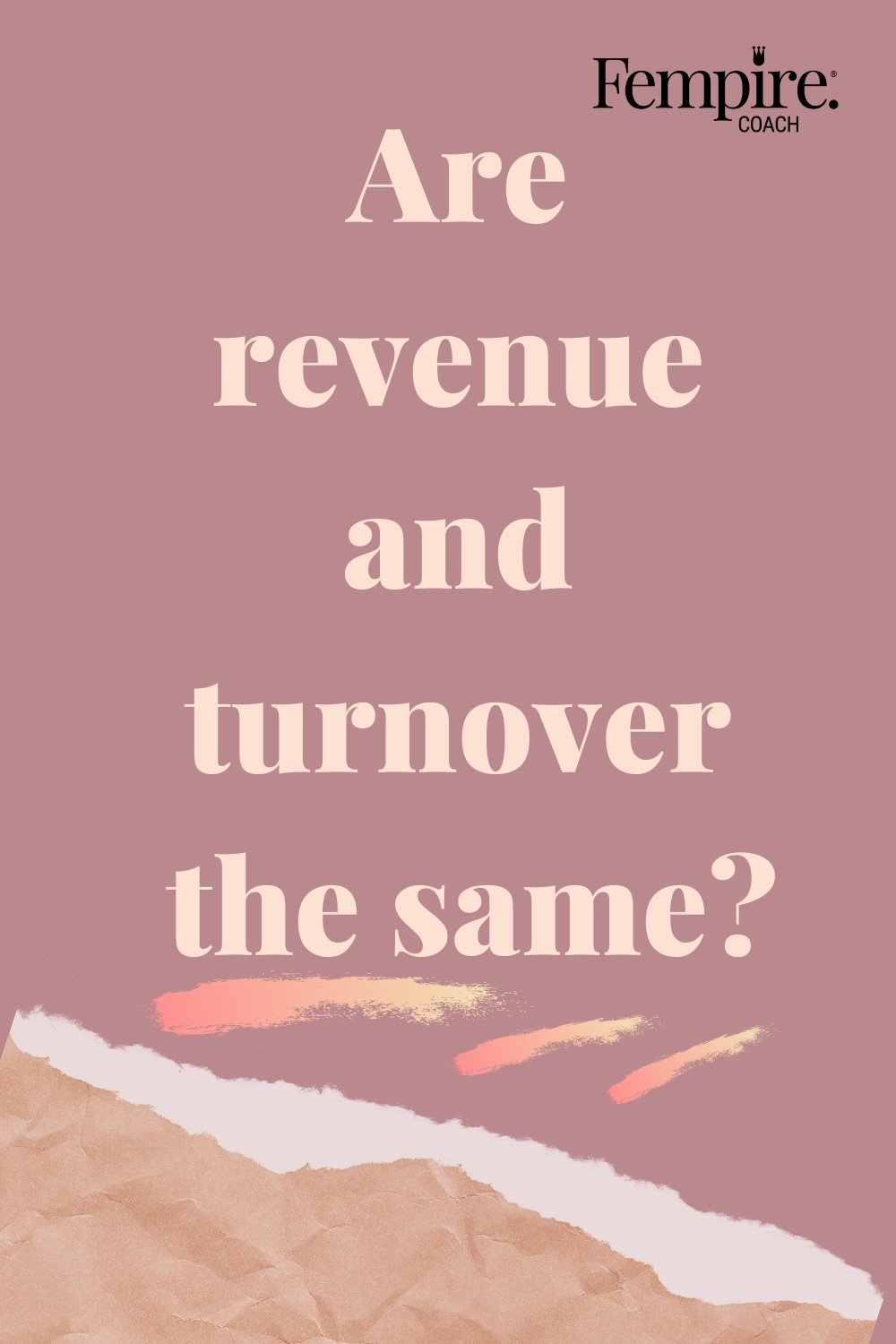
If you want to be a successful entrepreneur and all your money is coming from one amazing product or service, then your business is vulnerable. Whilst being vulnerable is a trait I admire, and something I work on every day (thank you Brene Brown), you do not want a business that is vulnerable. That one big river of money is at risk of drying because it is being fed from just one source. Successful growth in a business comes from creating multiple revenue streams – and turning every one of them in big rivers.
Think of it like this. If I sell $1000 a month of my one and only product, what happens if something goes wrong? I lose all of my income. But, if I am getting $100 per month from 10 different sources, and something goes wrong with one, two, even five of them, I still have the rest of my streams bringing in something. Can you see how it is so much safer to operate this way? Additionally, it allows for expansion. Would you rather have one $1000 a month product output or three $500 outputs? This is an extreme oversimplification, but it demonstrates the opportunity that revenue streams have to offer.
What is Revenue?
Let’s dive into exactly what revenue is. You may have seen the term appear as an accounting category on your financial statements, but not entirely understood what it means. Revenue is the name given to any money that comes into your business through its business activities. Still not clear? The Australian Taxation Office have a great table that WHAt categorises revenue, but some examples of revenue are –
⭐ Money from sales of products and services
⭐ Bank interest you receive from the bank
⭐ Membership or subscription fees
⭐ Money you paid when you hire something out
⭐ Money you are paid as a subcontractor
“It’s not unusual for a luxury company to be born from a single product and then diversify. Louis Vuitton began with luggage, and Gucci with leather goods”.
– Angela Ahrendts
The problem is that business owners get busy. Building your business around that one great thing that got you started is time consuming, and then you reach the point where you can’t even imagine trying to do more, let alone add another element to their business. So what happens? Well business is a series of peaks and troughs. It is cyclical. At some point in the lifecycle of your business you will need to diversify to grow or your business will quite possibly stay on that downward spiral until you bottom out. You may not be there yet, but it is important to analyse if you are, or set expectations about when it will be possible and even necessary.
Diversify your business
Diversifying doesn’t have to be a big project, new product line, or a new business. For example I work with two market segments:
Start ups and Existing businesses

And I offer them three things:
⭐ Coaching,
⭐ Training, and
⭐ Community
That is three different revenue streams without really having to create a whole new business or product. I can create multiple revenue streams using varying mixtures of these elements.
I can create additional training courses or coaching packages – I don’t have to do anything complicated to diversify my coaching income.
Of course I also have the opportunity to do other work such as authoring a book, joint ventures, or public speaking for example. Now these things are quite different to my core products. But they allow me to create additional revenue and I can concentrate on any combination of these things to meet my goals.
You may want to think about how you can include additional revenue streams in your business.
Transaction-based revenue – proceeds from sales of goods. Can you easily create additional products with the stock and equipment you already have? Do you want to add new products to your range?
Service revenue – proceeds from providing services. Can you increase your service capacity from one on one to one to many/ Perhaps you can hire staff to perform more services?
Project revenue – proceeds from doing something as a one off. Can you do one off projects for your customers?
Recurring revenue – proceeds from ongoing services. Can you offer a membership subscription, or package your services in groups of 3, 5 or 10? Do you have equipment or property you can rent out?
Diversifying your income does not need to be expensive or large scale, it can start small and simple to test the market and your capacity to meet demand. Of course, any plans to create additional revenue streams need to start with looking at your existing goals and plans. Always stay true to your vision and mission, and consider how your values can be delivered through these additional streams. Keeping things consistent will make the expansion more acceptable to your target market.
Some frequently asked questions I receive from clients regarding revenue:
What does revenue mean?
Revenue is the name given to any money that comes into your business through its business activities. Still not clear? The Australian Taxation Office have a great table that categorises revenue, but some examples of revenue are I can tell you that it is things like –

⭐ Money from sales of products and services
⭐ Bank interest you receive from the bank
⭐ Membership or subscription fees
⭐ Money you paid when you hire something out
⭐ Money you are paid as a subcontractor
You get the idea? Any time you exchange things you own (like stock or equipment or property) or your skills and knowledge (like a hairdresser or personal trainer), for money, your business earns just earned revenue.
What are revenue streams?
Revenue streams are the different sources of business income from goods or services. Perhaps you are an author and one stream of income is royalties from your book and another stream is masterclass appearances at libraries and schools.
How does a business generate revenue?
Generating revenue is the pinnacle task of your business. It is the process of marketing and selling products and services in order to create an income. If you have a great business idea but need some guidance in how to begin that process, you can always contact me for more information and a free 30 minute obligation-free consult.
Are revenue and turnover the same?

Sometimes those words may be used interchangeably to talk about the same thing but they actually have some key differences. Revenue refers to any income that a business may generate in selling goods and services, however turnover is a little more complex. Turnover can involve cash, inventory, and/or labour and relates to the efficiency of the company. Turnover is calculated in several ways, for example cash turnover would be calculated by dividing the net sales by total cash.
Inventory turnover could be calculated by dividing the cost of the goods sold by the average inventory. Turnover is a calculation concerned with how the business burns through and regains assets. Some companies may generate revenue without having a turnover and some may experience a turnover without generating revenue (e.g. stationary turnover or employee turnover).
Are revenue and income the same?
No. Whilst shows the total amount of income a business has earnt through goods and services, the income refers to the net profit. The income would be the revenue with business expenses deducted,
When revenue exceeds expenditure it means you are probably starting or growing your business. If you aren’t then you need to review your financial statements and check your spending. Having more expenses than revenue is normal for a start up business. The important thing to do is to do your financial forecasting so you know how long this is sustainable. If you are trying to grow or scale your business then you will probably increase your expenditure at this time to invest in staff or assets to help create more capacity. Ongoing expenditure that exceeds revenue will have very serious consequences on the viability of your business. My advice here is to speak to your coach or your accountant.
Where does revenue go?
The money that comes into your business as revenue is responsible for paying a number of items for your business. These include things like paying tax, wages, loan payments, expenses, GST. Good financial management means that you can meet all of these obligations on an ongoing basis.
Where do I find revenue in a balance sheet?
You don’t. Revenue is income that is recorded on your Profit and Loss statement. The balance sheet records your bank balance and other assets which will be a reflection of the revenue your business has generated.
By now you should have a good understanding of Revenue and the important part it plays in business success. In particular how financial stability in business comes from creating different ways to generate revenue. This protects your business from struggling against the impact of external factors such as government regulations, your competition, industry groups and other stakeholders.
Using a financial forecast to determine the effects that additional revenue streams will have on your business is the first step towards researching, understanding, planning and implementing additional sources of income for your business.
Want to talk about the revenue in your business – or lack of it? Book a free 30 minute Business Brainstorming Session with me today.

